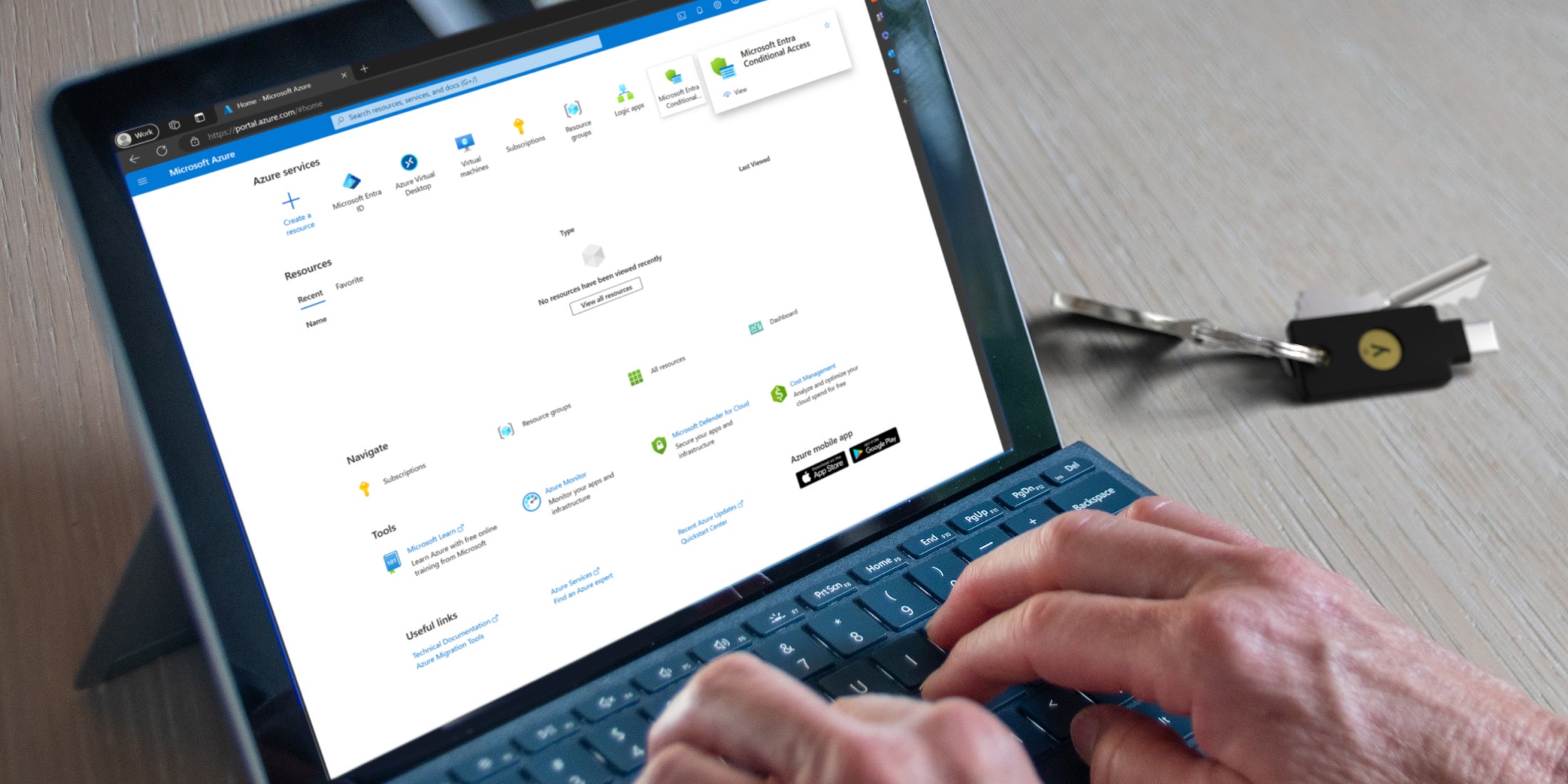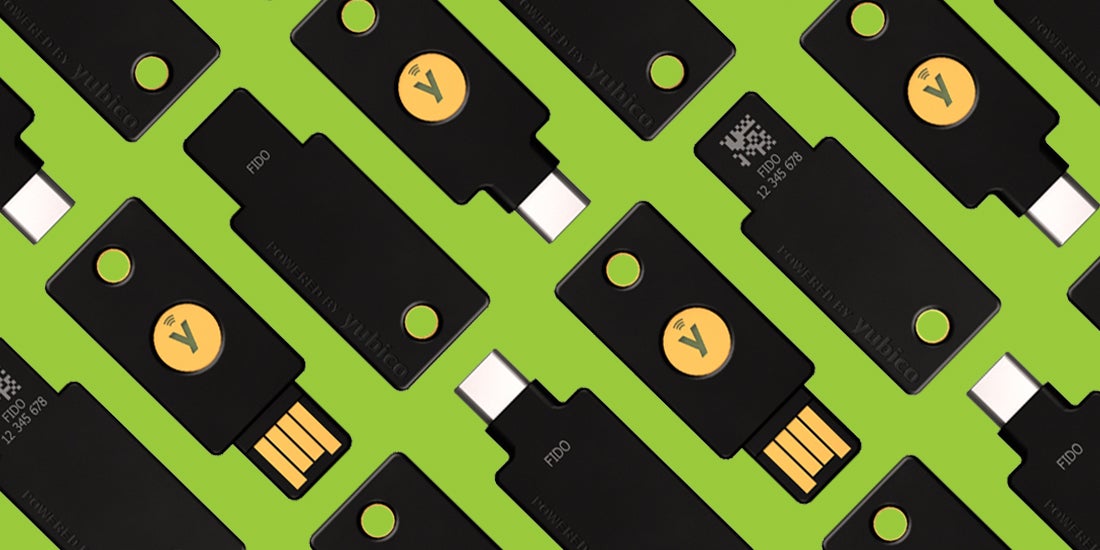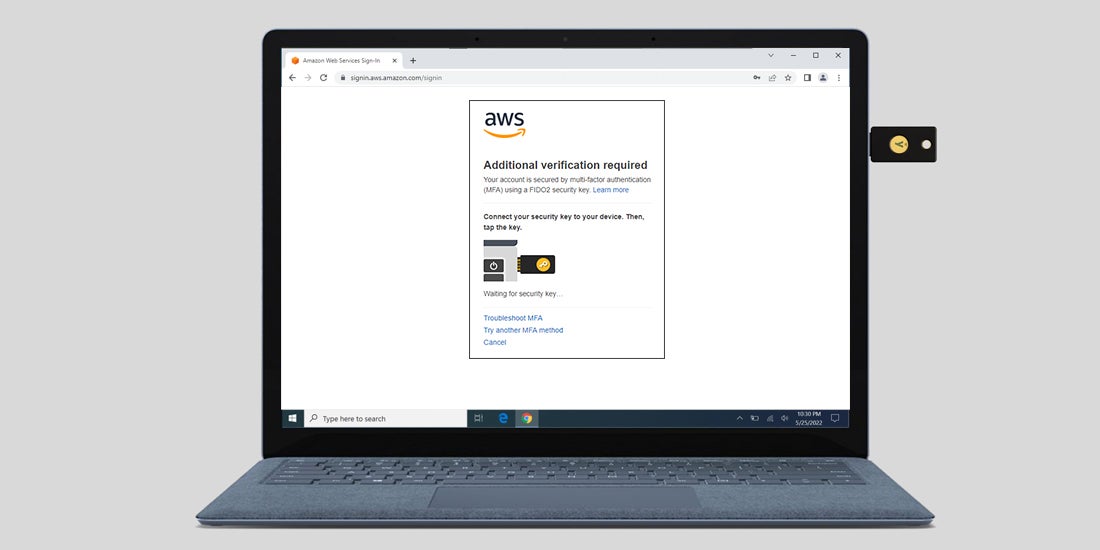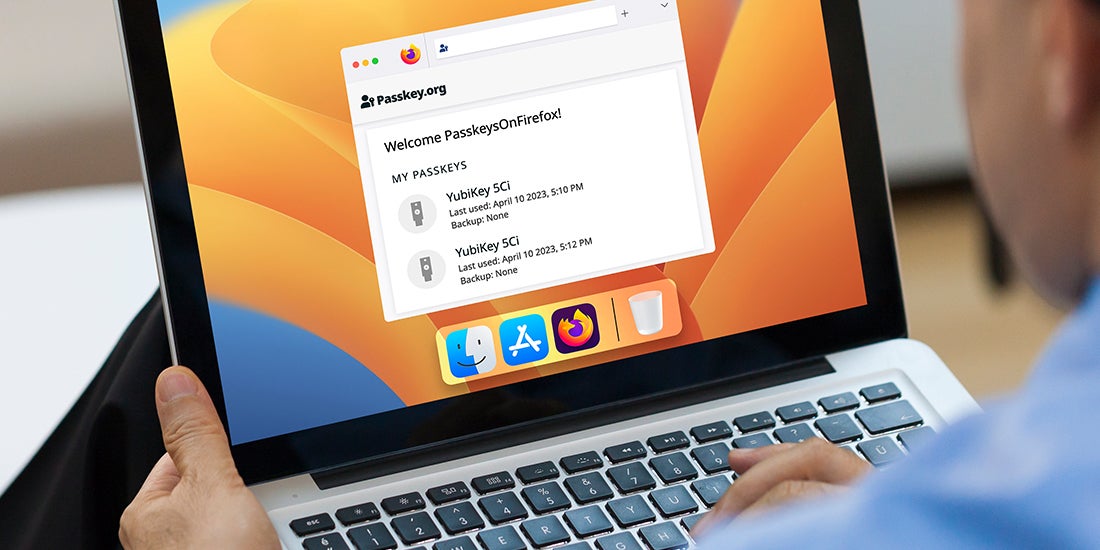Tag: FIDO2
-

Microsoft Entra ID strengthens security with FIDO2 APIs Yubico has worked closely with Microsoft for over a decade to keep businesses around the world and the Microsoft solutions they use both secure and phishing-resistant. Recognizing the importance of multi-factor authentication (MFA), Microsoft recently mandated that MFA be used by all Azure users – a critical move to require stronger authentication for end users […] Read more APIs Azure FIDO2 Microsoft Microsoft Entra ID -

Expanded Security Key Series: Phishing-resistant, FIDO-only MFA Security Key Series Expansion Last month, we announced the expansion of both Yubico’s YubiEnterprise Subscription and our Security Key Series lineup, which included the addition of two new enterprise, FIDO-only (FIDO2/WebAuthn and FIDO U2F) security keys. We’re excited to share that the Security Key Series are officially available today and can be purchased via our […] Read more FIDO U2F FIDO2 Security Key C NFC Security Key NFC Security Key Series WebAuthn -

Five tips to maximize your consumer-facing passkey implementation Passkeys have taken the online security world by storm since their inception in mid-2022, even if the underlying technology can technically be traced back to FIDO2 and its breakthrough onto the world stage in 2018. Popularity has no doubt exploded due to their widespread adoption by the world’s largest tech companies – who also happen […] Read more best practices FIDO2 passkey -

How businesses can protect the identities of its leaders and employees from the perils of rising sophisticated cyber attacks On a daily basis, organizations around the world contend with increasingly sophisticated cyber attacks like phishing that exploit human error, leverage compromised accounts and employ convincing, yet deceptive, tactics to infiltrate corporate networks. Balancing security with a seamless user experience for their front line, employees should be a top goal forevery executive since those are […] Read more C-Suite FIDO2 Microsoft phishing-resistant MFA zero trust -

Microsoft updates: Entra ID FIDO2 security key support and Azure Virtual Desktop passwordless sign-in With the use of phishing-resistant multi-factor authentication (MFA) like passkeys growing more every day, it’s exciting to see the widely popular service, Microsoft 365, announce availability recently for passkeys on YubiKeys with mobile devices. This new Microsoft preview not only opens up support on iOS and iPadOS for Microsoft 365, but for a whole range […] Read more Azure Virtual Desktop Entra ID FIDO2 iOS Microsoft 365 passwordless -

The first working demo of a web based EU digital identity wallet leveraging FIDO open authentication standards As part of the revision of the EU common identity framework regulation, also known as eIDAS 2.0, the EU Member States will all implement a new common structure for electronic credentials based on digital identity wallets. The revision is set to take effect everywhere in the EU sometime between 2025 and 2026. Over 250 private […] Read more EU Digital Identity Wallet EUDI FIDO2 -

Amazon Web Services announces support for FIDO2 security keys Amazon recently announced improved support for using FIDO2 security keys as an MFA device to log on to the Amazon Web Services (AWS) console. As a result, FIDO2 security keys like the YubiKey are now supported on AWS GovCloud (US region) – providing phishing-resistant MFA for all users. Additionally, AWS has improved their support for […] Read more Amazon Web Services AWS FIDO2 GovCloud government IAM -

A new era for Federal identity with Joe Scalone – Yubico This is part two of a two-part series on the latest NIST guidelines. To read part one, check out our blog post here. Over the past six months, three National Institute of Standards and Technology (NIST) draft guidelines were released that will change how federal agencies manage digital identity services, the authentication of users and […] Read more FIDO2 NIST NIST SP 800-63-4 -

Firefox support for FIDO2 authenticators is here! This is shaping up to be a good year for security conscious MacOS users. First, in January, Apple added support for using security keys to protect Apple IDs. This represented a huge step forward for protecting iCloud accounts by preventing access on untrusted devices. But what about using security keys on your MacOS device to […] Read more FIDO2 Firefox passkeys Yubico Authenticator -

Boliden case study Boliden is one of Europe’s leading metal mining companies. Based in Sweden, with presence around the Nordic region and beyond, Boliden produces a vast array of the metals required for modern life: zinc, copper, lead, nickel, gold, palladium, platinum and silver. Read more FIDO2 PIV privileged users YubiKey 5C NFC
